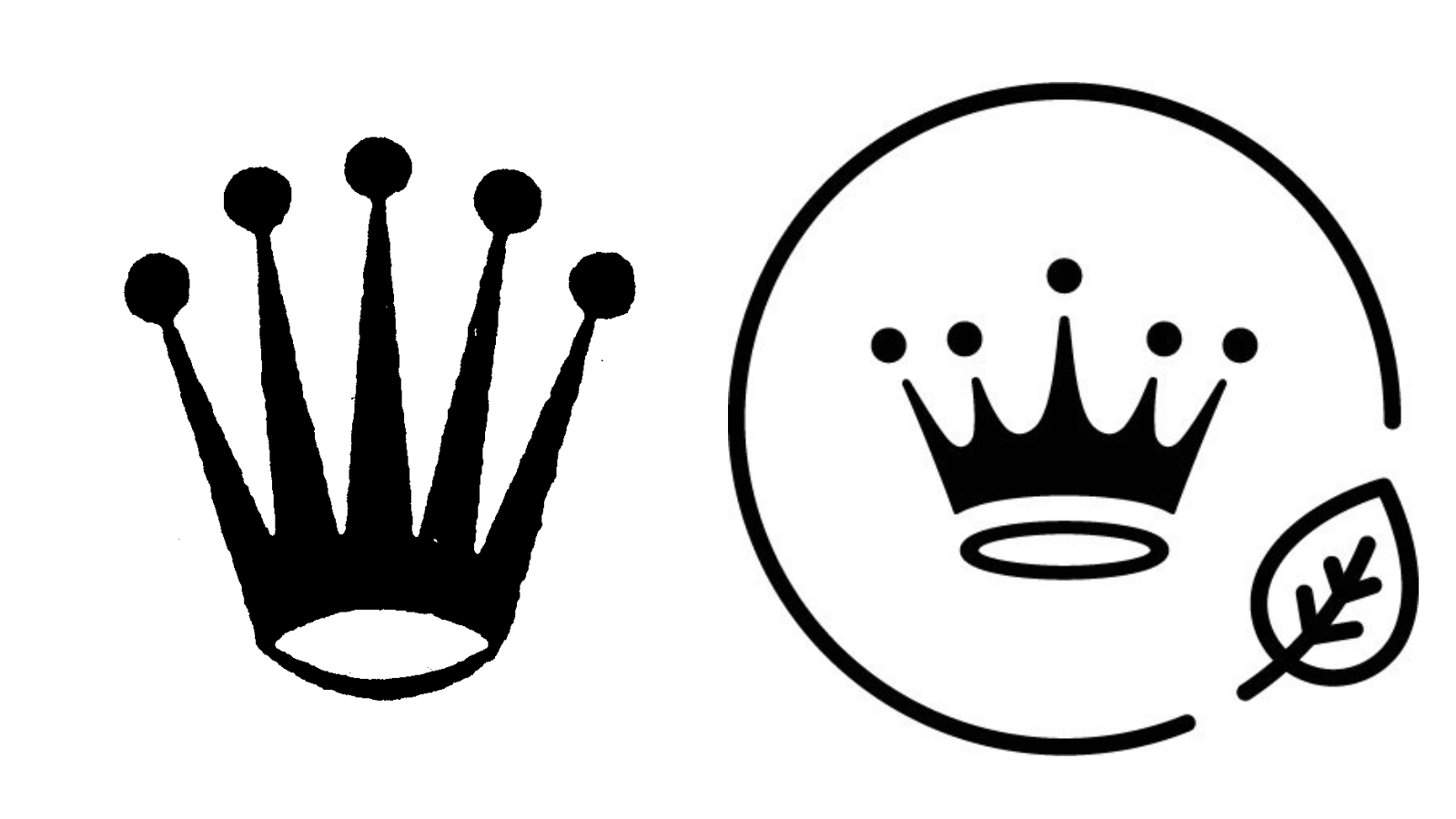Rolex's Opposition
Rolex's opposition is grounded in several key arguments. Firstly, it asserts its long-standing use of the distinctive crown design trademark, which has been associated with Rolex watches in the United States for over six decades. This includes not only the sale of watches but also the identification of retail stores authorized by Rolex to sell its products. In the notice of opposition, Rolex highlights its substantial investments in advertising and promotion, totaling over $100 million in the past 60 years, which have significantly contributed to the recognition and association of the crown logo with its brand.
Furthermore, Rolex emphasizes its extensive sponsorship activities across sporting, cultural, charitable, and scientific events, where the crown design trademark has been prominently featured. This multifaceted approach to brand promotion has been instrumental in solidifying the crown logo as a symbol of Rolex's high-quality and luxury products.
On the other hand, Hallmark's application for a similar crown mark in Class 14 (jewelry) is seen by Rolex as a potential source of consumer confusion and a dilution of its famous mark. Rolex argues that due to the similarity between the logos and the relatedness of the goods, consumers may mistakenly attribute Hallmark's products to Rolex or believe that there is an endorsement or sponsorship relationship between the two companies.

Likelihood of Confusion and Brand Dilution
Section 2(d) of the Trademark Act prohibits the registration of a trademark that is likely to cause confusion, mistake, or deception among consumers. Rolex argues that Hallmark's crown mark is highly similar to Rolex's Crown Design trademark, both visually and conceptually. The fact that Hallmark's goods, including jewelry, are related to Rolex's products adds weight to the argument of potential confusion among consumers regarding the source of these goods.
Additionally, this case touches upon the Likelihood of Dilution by Blurring (Section 43(c) of the Trademark Act.) Dilution by blurring occurs when the use of a similar mark diminishes the distinctiveness or reputation of a famous trademark. Rolex contends that Hallmark's use of a similar crown mark could dilute the distinctiveness of Rolex's Crown Design trademark, which has achieved fame and recognition among the general consuming public in the United States. This dilution could harm Rolex's brand reputation and market position.
Takeaway
This case underscores the importance of conducting thorough trademark searches before adopting new logos or brand identifiers. Even subtle similarities in design elements can lead to disputes, especially when dealing with well-established brands.
Therefore, a comprehensive trademark search should extend beyond direct matches to include variations, similarities in design elements, and potential conflicts within the same or related product categories. At Trama, we offer a free lawyer’s check that can help assess the risk of potential conflicts, develop strategies to mitigate risks, and maximize chances of successful registration.


